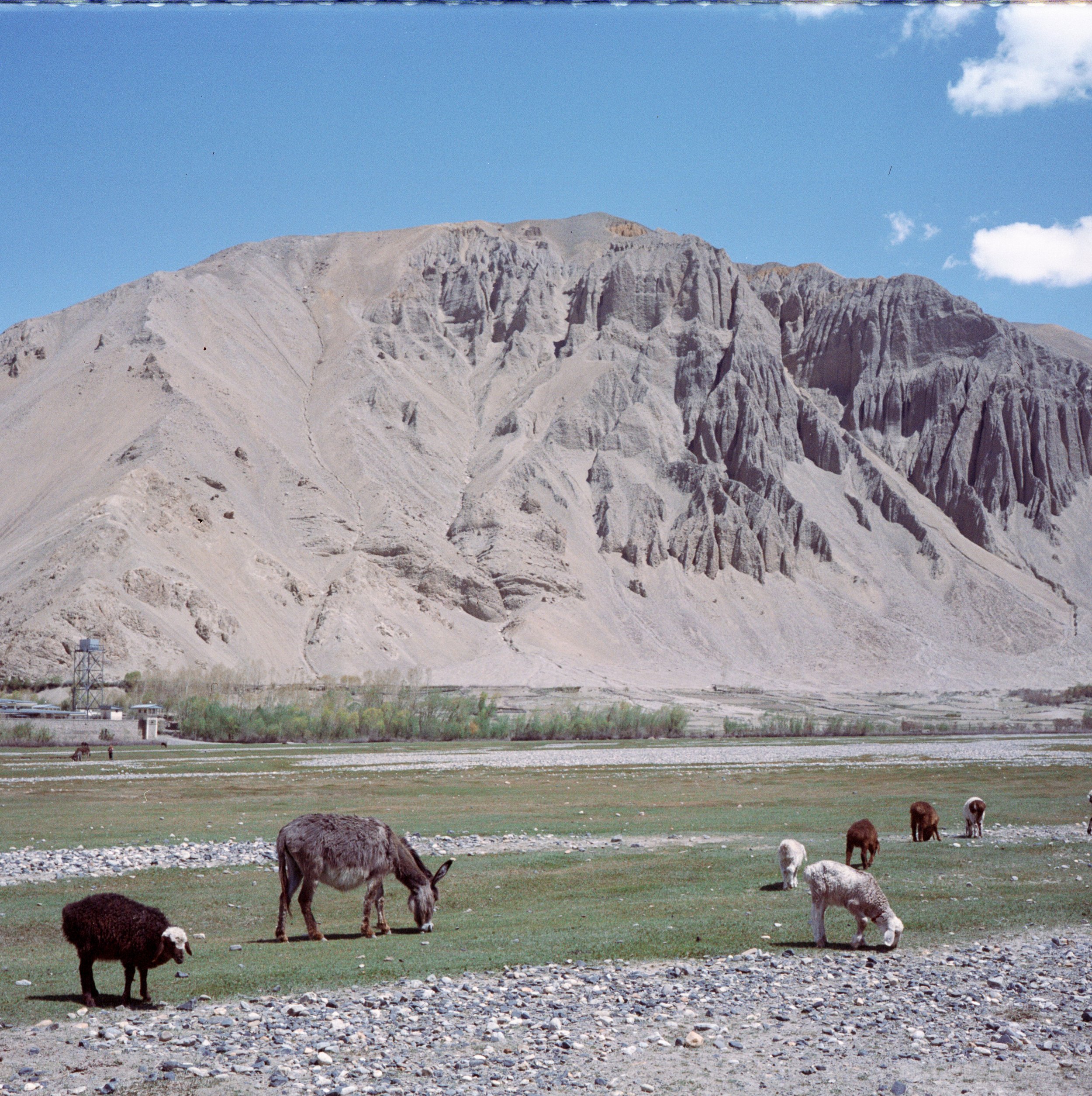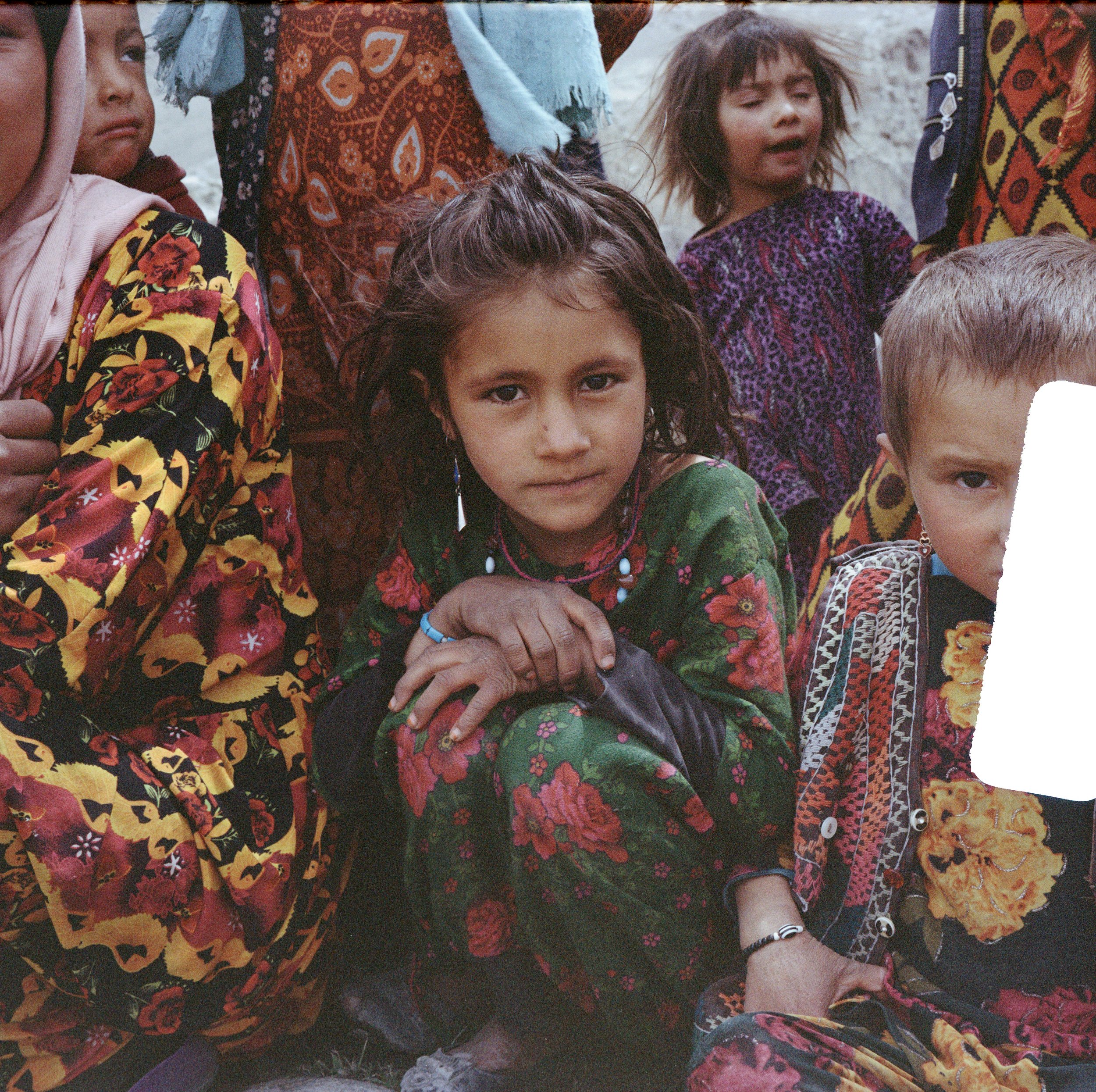A Journey Through the Wakhan Corridor
Wander with us to one of the most remote places on Earth, an obscure yet storied stretch of land in Afghanistan’s northeastern corner.
Photo by Mélissa Cornet
Nestled between the formidable peaks of the Pamir mountain range lies an ancient trade route—the Wakhan corridor. This little-known pass, strategically situated between the Silk Road centers of China, India, and the ancient Iranian civilization of Bactria, was once an important artery of regional trade. A single, narrow road cuts through glacier-carved valleys and hugs the frigid waters of the Wakhan River, which flow westward to join the Pamir River.
Despite its remote disposition, this corridor was the center of a 19th century power struggle between the British and Russian colonial empires in which they acquired and redefined territories in Central and South Asia. The Great Game, as this rivalry became known, would result in the demarcation of Afghanistan’s northeastern border and serve as a buffer zone between the two empires.
Following Mao Zedong’s takeover of China in 1949, the pass was permanently closed, sealing off this former caravan route and turning it into a dead end. But these rugged, wind-swept lands are still home to the Ismaili people and Kyrgyz nomads, who traverse the mountains with their yaks in a perennial search for greener pastures. The Ismaili’s belong to a broader Ismaili Shia Muslim community who follow the Aga Khan, a hereditary religious title given to those who are believed to be descended from the Prophet Muhammad. They call their homeland Bam-e Dunya, meaning “roof of the world.” Averaging 3,700 meters above sea level, this place indeed feels as though it could kiss the heavens. The landscape is severe and the climate harsh, with temperatures dropping below zero most days of the year. Amidst howling winds and biting cold these people endure. With little medicine and only a basic hospital a multi-day journey away, they have learned to survive in one of the world’s most unforgiving environments.
Photos by Mélissa Cornet
Perhaps the most alluring sight in this austere land are Krygyz women, who wrap themselves in expressive, colorful garments, a dazzling foil to their stark surroundings. An eclectic array of embellishments adorn their clothing—silver coins, buttons, seashells, safety pins, beads, even the stray eagle claw. It is these women, resilient yet restrained, who ensure the daily tasks essential to their survival are completed. They cook the meals, milk the yaks, stoke the fires, patch up torn clothing, and care for children. Inside their yurts, the Kyrgyz create a cozy sanctuary against the relentless weather outside. Rugs, blankets, and wall hangings in every hue and pattern transform the wood lattice walls into a warm, inviting haven.
A Wakhan Kyrgyz yurt by Jonny Duncan for Lonely Planet
In this remote corner of the world, where ancient history and contemporary geopolitics intertwine, the Wakhan corridor remains a witness to the passage of time and story of the enduring spirit of its inhabitants.






